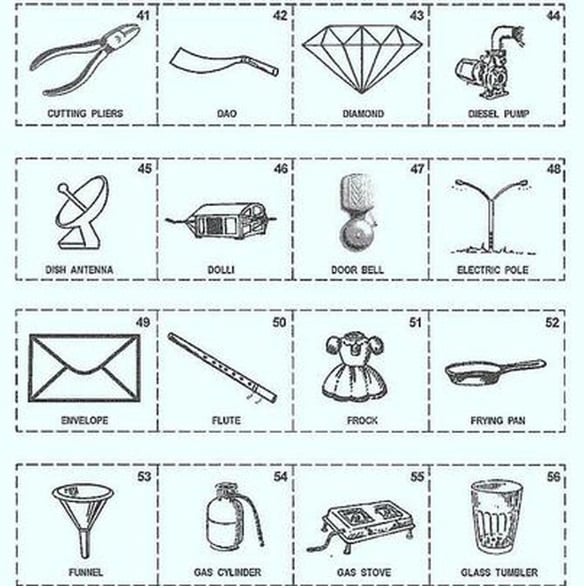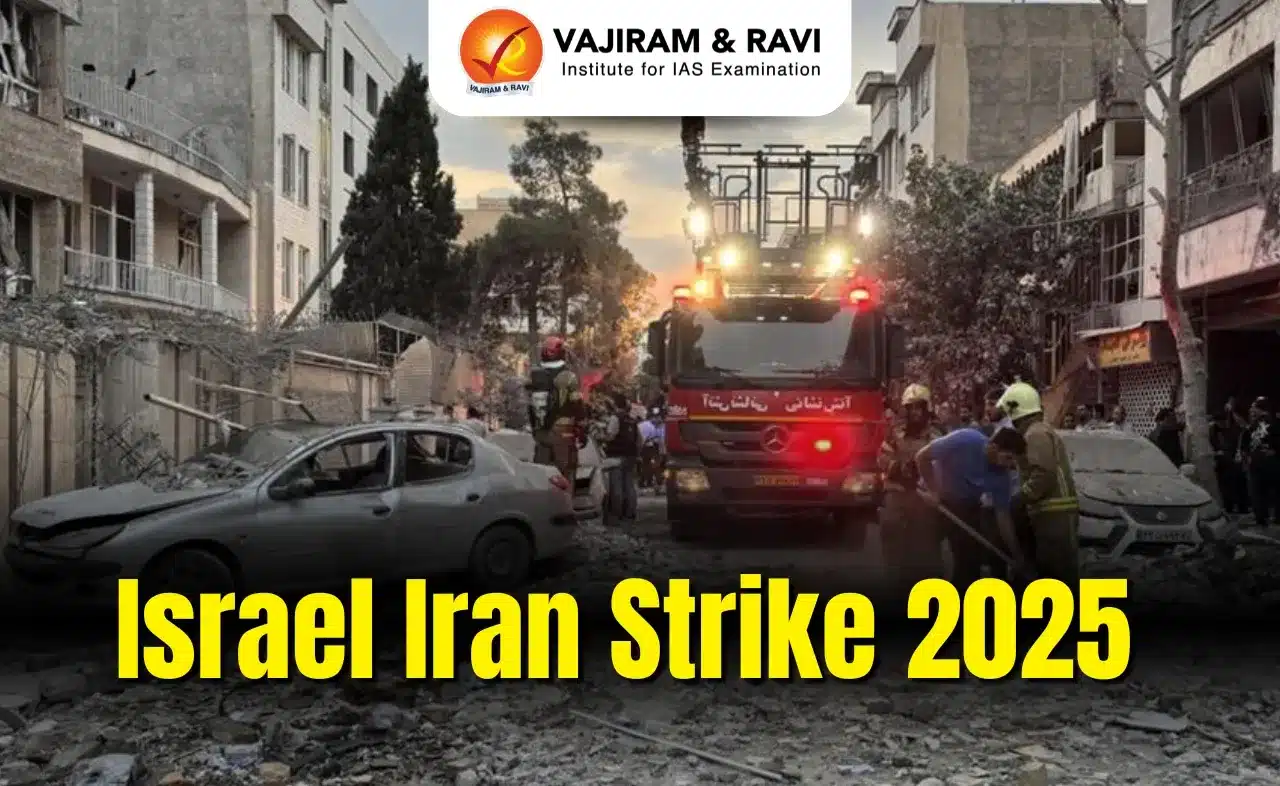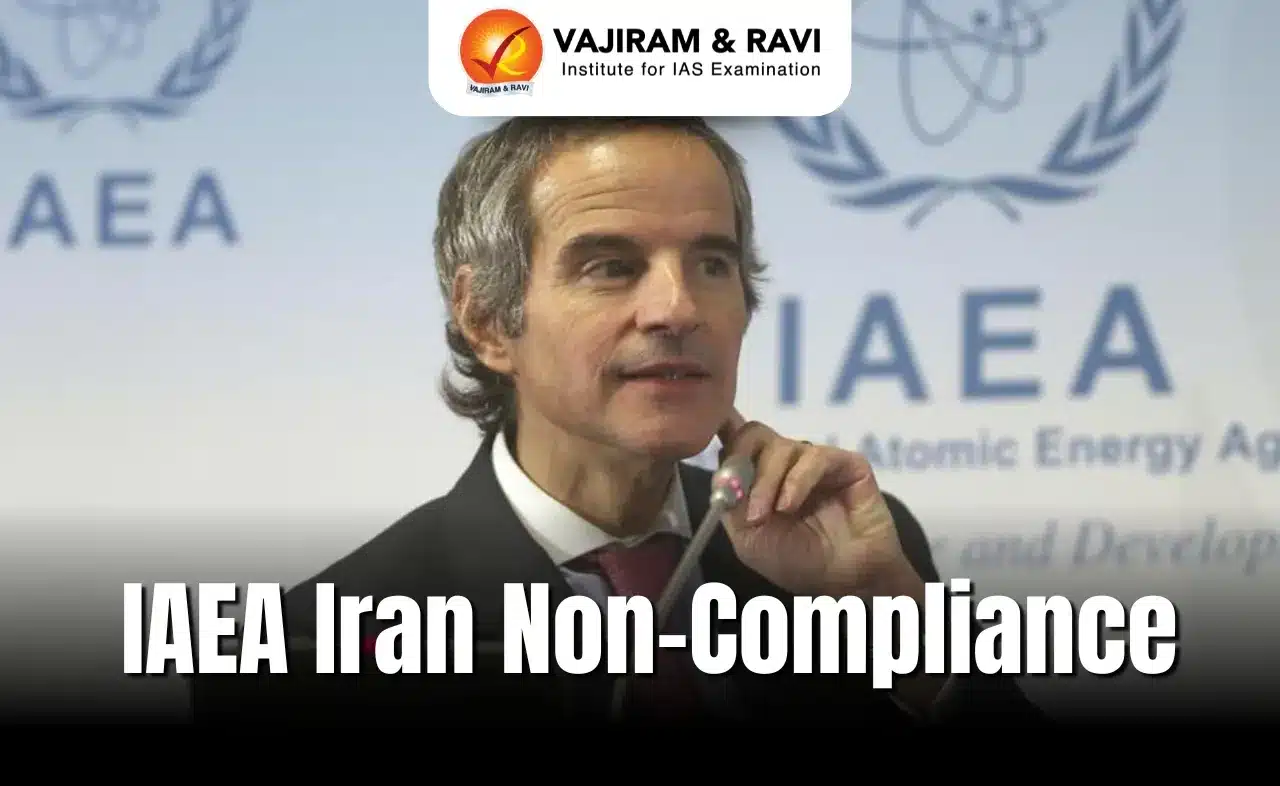What’s in today’s article?
- Why in news?
- Allotment of election symbols to political parties in India
- Do political parties get to state their preferences?
- What happens when a recognised political party splits?
- What criteria does ECI use to resolve a symbol dispute in case of split?
- What happens to the group that does not get the parent party’s symbol?
Why in news?
- The Supreme Court has refused to entertain a petition filed by the ruling Bharat Rashtra Samiti (BRS) party in Telangana, challenging the allotment of election symbols to two other parties.
- BRS argued that the symbols allotted to two political parties looked similar to BRS’s symbol of a car. This might confuse the voters during elections, it said.
- However, the SC declined the petition, saying voters were intelligent enough to differentiate between the symbols.
Allotment of election symbols to political parties in India
- Responsibility of ECI
- The Election Commission of India (ECI) is responsible for the allotment of symbols.
- This is done under The Election Symbols (Reservation and Allotment) Order, 1968.
- This rule is meant to provide for specification, reservation, choice and allotment of symbols at elections in Parliamentary and Assembly Constituencies, for the recognition of political parties.
- Symbols can be either reserved, meaning they are exclusive to a recognised political party, or ‘free’.
- A political party can be recognized as a national or state party if it meets the certain criteria.
- The EC publishes lists specifying the parties and their symbols through a notification in the Gazette of India.
- According to its notifications this year, there are six national parties, 26 state parties, and 2,597 registered unrecognised parties.
- Unrecognised registered parties and election symbol
- Unrecognised registered parties’ candidates can choose from free, non-exclusive symbols.
- These parties are newly registered or have not secured enough percentage of votes to fulfil the prescribed criteria to become a recognised party.
- After being selected by parties, in subsequent elections, these symbols are declared free again for others to choose.
- Unrecognised registered parties’ candidates can choose from free, non-exclusive symbols.
- Recognised parties and election symbol
- Recognised national and state parties get exclusive symbols.
Do political parties get to state their preferences?
- The 1968 order mandates the EC to provide for specification, reservation, choice and allotment of symbols at parliamentary and assembly elections, for the recognition of political parties.
- For unregistered parties, they are supposed to give the names of ten symbols, in order of preference, out of the list of free symbols notified by the commission.
- As per the 1968 order, party may, if it so desires, also propose three new symbols of their choice, with the names and clear design and drawings of symbol, in the order of preference.
- The Commission, then, may consider these symbols for allotment as its common symbol if there is, in its opinion, no objection in allotting such symbol.
- Symbols proposed by the parties should have no resemblance to the existing reserved symbols or free symbols, or any religious or communal connotation, or depict any bird or animal.
What happens when a recognised political party splits?
- Para 15 of the Symbols Order, 1968 empowers EC to decide on the claim of rival factions in case of split.
- EC decides on the issue after taking into account all the available facts and circumstances of the case and hearing their representatives.
- The decision of the Commission is binding on all such rival sections or groups.
- For splits in registered but unrecognised parties, the ECI usually advises the warring factions to resolve their differences internally or to approach the court.
What criteria does ECI use to resolve a symbol dispute in case of split?
- Generally, the EC’s decision is based on three tests as outlined in the Sadiq Ali case (supra). These tests include:
- Test of Aims and Objects of the Party Constitution;
- Test of Party Constitution; and
- Test of Majority
- In almost all disputes decided by the EC so far, a clear majority of party delegates/office bearers, MPs and MLAs have supported one of the factions.
- Whenever the EC could not test the strength of rival groups based on support within the party organisation (because of disputes regarding the list of office bearers), it fell back on testing the majority only among elected MPs and MLAs.
- If both legislative win and organisational win are found indecisive, the ECI also freezes the symbol and asks both factions to choose a new symbol.
What happens to the group that does not get the parent party’s symbol?
- Before 1997, EC used to recognise the party, not getting the symbol, based on the criteria fixed for recognition of parties under Paras 6 and 7 of the Symbols Order.
- i.e., if the breakaway party had support of sufficient MPs/MLAs as per the criteria, it was recognised by EC as National/State Party.
- The EC in 1997 felt that merely having MPs and MLAs is not enough, as the elected representatives had fought and won polls on tickets of their parent (undivided) parties.
- The EC introduced a new rule under which the splinter group of the party — other than the group that got the party symbol — had to register itself as a separate party.
- These parties could lay claim to national or state party status only on the basis of its performance in state or central elections after registration.
Q1) What is Election Commission of India (ECI)?
The Election Commission of India (ECI) is a constitutional body that regulates and conducts elections in India. The ECI was established on January 25, 1950, and its headquarters are in New Delhi.
Q2) What is the election symbols (reservation and allotment) order, 1968?
The Election Symbols (Reservation and Allotment) Order, 1968 allows the Election Commission of India (ECI) to recognize political parties and allot symbols. The order also provides for the specification, reservation, choice, and allotment of symbols at elections in Parliamentary and Assembly Constituencies.
Source: Hand, Lotus, noodle bowl, charger and more: How are symbols allotted to political parties in India? | Ministry of Law and Justice | Indian Express
Last updated on June, 2025
→ UPSC Notification 2025 was released on 22nd January 2025.
→ UPSC Prelims Result 2025 is out now for the CSE held on 25 May 2025.
→ UPSC Prelims Question Paper 2025 and Unofficial Prelims Answer Key 2025 are available now.
→ UPSC Calendar 2026 is released on 15th May, 2025.
→ The UPSC Vacancy 2025 were released 1129, out of which 979 were for UPSC CSE and remaining 150 are for UPSC IFoS.
→ UPSC Mains 2025 will be conducted on 22nd August 2025.
→ UPSC Prelims 2026 will be conducted on 24th May, 2026 & UPSC Mains 2026 will be conducted on 21st August 2026.
→ The UPSC Selection Process is of 3 stages-Prelims, Mains and Interview.
→ UPSC Result 2024 is released with latest UPSC Marksheet 2024. Check Now!
→ UPSC Toppers List 2024 is released now. Shakti Dubey is UPSC AIR 1 2024 Topper.
→ Also check Best IAS Coaching in Delhi






















